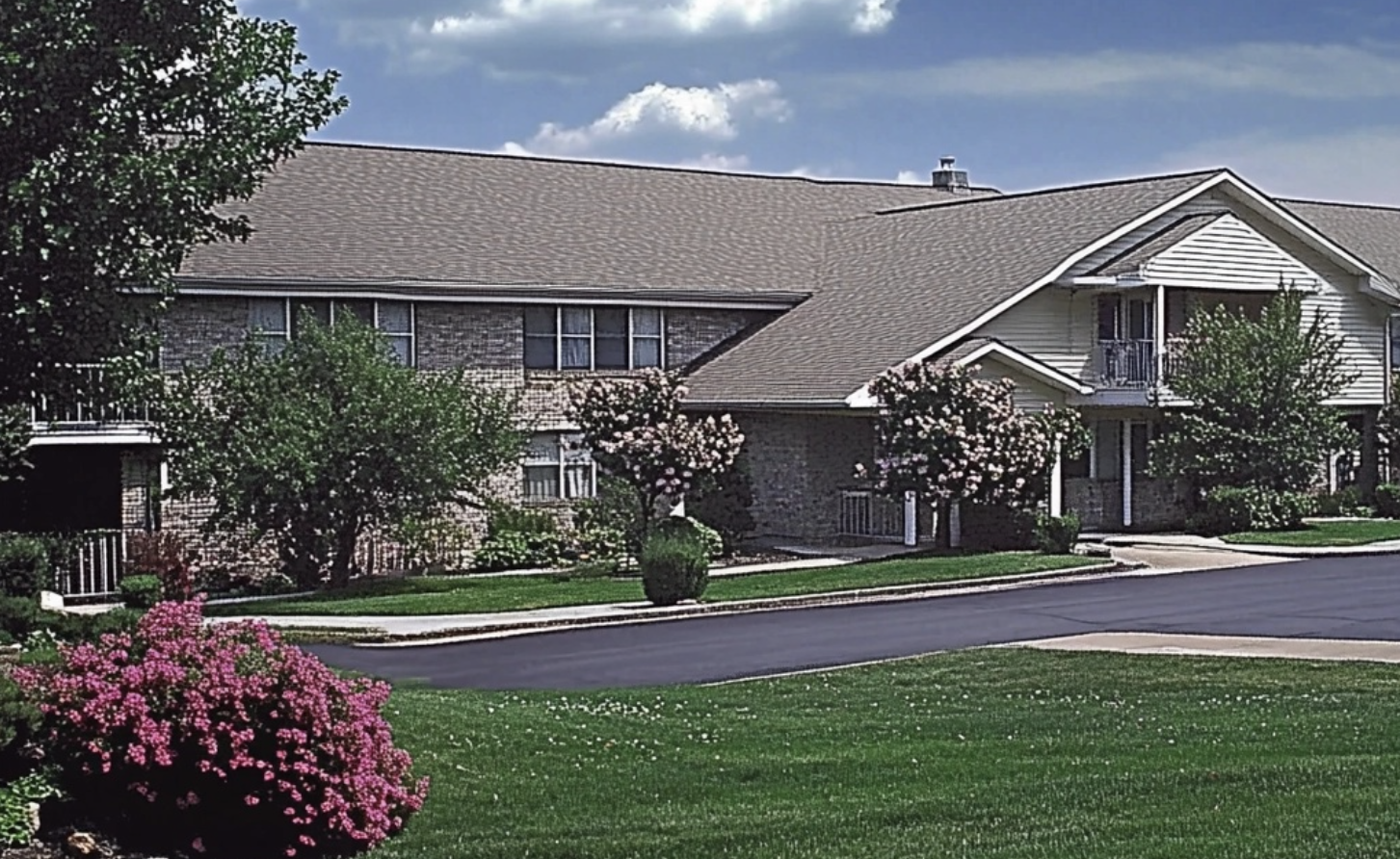As California’s population ages, the state offers a comprehensive range of benefits for seniors to enhance their quality of life. These programs aim to provide essential support in various aspects, from financial assistance to health care services. Understanding the benefits available for seniors in California is crucial for older adults and their families to make informed decisions and access the resources they need.
This article explores the top benefits for seniors in California, covering income support, health and wellness programs, home and community-based services, and senior rights protection. Readers will gain insights into financial assistance options, nutrition support, prescription drug coverage, and legal services available to senior citizens. Additionally, the article will discuss free services for seniors, property tax assistance, and family caregiver support programs that help improve the lives of older adults in the Golden State.
Income Support for California Seniors
Social Security Retirement Benefits
Social Security forms a crucial part of retirement planning for most American workers. To become eligible, individuals need to earn “credits” by working and paying Social Security taxes. For those born in 1929 or later, 40 credits (equivalent to 10 years of work) are required. The benefit amount depends on lifetime earnings, with higher earnings resulting in larger benefits. The age at which one decides to retire also affects the benefit amount. Retiring at 62, the earliest possible age, results in lower benefits compared to waiting until full retirement age.
Supplemental Security Income (SSI) and State Supplemental Payment (SSP)
SSI provides financial assistance to low-income seniors, disabled adults, and children. In California, 1.24 million people rely on SSI benefits, including 580,000 seniors. SSI recipients in California receive a federal benefit and a state supplementary payment (SSP). As of 2020, the maximum combined payment for a California recipient was $943.72 per month, which is 89% of the federal poverty level. SSI recipients are automatically eligible for Medi-Cal, ensuring access to necessary health care.
Senior Employment Opportunities
Despite an aging workforce, middle-aged and older workers often face challenges in finding new employment due to age discrimination. To address this issue, the California Employment Development Department (EDD) offers special assistance to older workers seeking employment. The Senior Community Service Employment Program (SCSEP) provides part-time, work-based training opportunities in local community service agencies and helps participants obtain unsubsidized employment. Additionally, America’s Job Center of California offers employment resources, workshops, and access to career specialists who can assist in job searches.
Health and Wellness Programs
Medicare and Medi-Cal Benefits
California offers comprehensive health coverage for seniors through Medi-Cal, the state’s Medicaid program. This federal and state-funded initiative provides essential medical services to individuals with low income and limited assets. To qualify for Medi-Cal without a share of cost in 2024, monthly gross income must not exceed $1,732 for individuals and $2,332 for married couples. Those with higher incomes may still be eligible but with a share of cost, similar to a deductible.
Medi-Cal covers a wide range of services, including doctor visits, hospital care, dental care, home health care, and medical equipment. For seniors eligible for both Medicare and Medi-Cal, known as “dual eligibles” or “Medi-Medis,” Medicare serves as the primary payer, with Medi-Cal covering additional expenses. This includes paying Medicare Part A and B deductibles, copayments, and monthly Part B premiums.
Seniors with Medi-Cal may also qualify for “Extra Help” or Low Income Subsidy (LIS) for prescription drug costs under Medicare Part D. This assistance can result in reduced or eliminated premiums, deductibles, and copayments for medications.
CalFresh Healthy Living Program
The California Department of Public Health’s CalFresh Healthy Living program aims to improve the health of families and communities, particularly those at higher risk of obesity, high blood pressure, and type 2 diabetes. This initiative supports healthy, active, and nourished lifestyles by educating Californians about good nutrition and effective budgeting for food expenses.
CalFresh Healthy Living implements integrated programs and activities, including social marketing campaigns to promote healthy behaviors and community-level changes. The program features real Californians who have committed to making small, healthy changes in their lives. The current “Healthy Victories” campaign celebrates these small changes that lead to significant improvements in overall health.
Home and Community-Based Services
In-Home Supportive Services (IHSS)
The IHSS program offers essential support to eligible individuals over 65, the blind, and/or disabled. Its primary goal is to enable recipients to live safely in their own homes, avoiding the need for out-of-home care. Services are typically provided in the recipient’s residence, which may include a house, apartment, hotel, or a relative’s home.
IHSS, funded by federal, state, and county dollars, is a Medi-Cal program. Eligibility criteria include California residency, Medi-Cal eligibility, and living in one’s own home. The program offers a range of services, such as personal care (dressing, bathing, feeding), paramedical services, house cleaning, cooking, shopping, laundry, and accompaniment to medical appointments.
To apply, individuals should contact their county’s IHSS program. A social worker will conduct a home assessment to determine the types and hours of authorized services based on the applicant’s medical condition and living arrangement. Once approved, recipients can hire care providers, including friends or relatives, or obtain referrals through the IHSS Public Authority Caregiver Registry.
Multipurpose Senior Services Program (MSSP)
MSSP serves adults aged 65 and older in Los Angeles, Kern, and Santa Barbara counties who are Medi-Cal eligible and functionally impaired. The program aims to help seniors age in place by providing long-term care services and supports necessary for independent living.
To qualify, participants must be 65 or older, live within the service area, need care management, be Medi-Cal eligible, and be at risk of placement in a skilled nursing facility. MSSP offers various services at no cost, including safety equipment installation, minor home repairs, in-home care, emergency response systems, transportation, and home-delivered meals.
Senior Rights and Protection
Long-Term Care Ombudsman Program
The Long-Term Care Ombudsman Program plays a crucial role in protecting the rights and well-being of seniors in California. Ombudsman representatives assist residents in long-term care facilities with various issues related to day-to-day care, health, safety, and personal preferences. These dedicated individuals address concerns such as violations of residents’ rights, abuse, poor quality of care, and inappropriate use of restraints.
Ombudsman representatives receive extensive training, completing a minimum of 36 hours initially and 18 hours of ongoing education annually. They follow the expressed wishes of residents or their representatives and provide all services free of charge. Notably, nearly 80% of California’s State-certified Ombudsman representatives are volunteers.
Elder Abuse Prevention Services
California offers comprehensive elder abuse prevention services through Adult Protective Services (APS) agencies in each county. These agencies help elder adults (60 years and older) and dependent adults (18-59 who are disabled) who are unable to meet their own needs or are victims of abuse, neglect, or exploitation.
APS investigates reports of abuse in private homes, apartments, hotels, hospitals, or situations involving homelessness. Their services are available to any elder or dependent adult, regardless of income, at no cost. To report abuse, individuals can call 1-833-401-0832 and enter their 5-digit zip code to connect with their county’s APS, available 24/7.
The Senior Protection Program (SPP) provides educational seminars on abuse targeting older adults and adults with disabilities. It helps individuals recognize scam red flags and offers resources for protection and recovery. Additionally, the Financial Abuse Specialist Team (FAST) consists of volunteer advisors who assist in resolving complicated matters of abuse.
Conclusion
California offers a wide range of benefits to enhance the quality of life for its senior citizens. From income support programs like Social Security and SSI to comprehensive health coverage through Medi-Cal, the state has a strong influence on seniors’ financial stability and well-being. Home and community-based services, such as In-Home Supportive Services and the Multipurpose Senior Services Program, help older adults live independently and safely in their own homes.
The state’s commitment to senior rights and protection is evident through programs like the Long-Term Care Ombudsman and elder abuse prevention services. These initiatives play a crucial role in safeguarding seniors’ rights and addressing concerns related to their care and safety. To sum up, California’s diverse array of senior benefits aims to provide essential support, promote health and wellness, and protect the rights of older adults, helping them lead fulfilling lives in their golden years.
FAQs
What types of financial assistance are available for senior citizens in California?
In California, senior citizens can receive financial support through Supplemental Security Income (SSI), which is available to individuals who are either over 65, blind, or disabled with low incomes. As of 2021, the SSI payment amounts are $954.72 monthly for a single individual and $1,598.14 for couples, provided they live independently.
Who qualifies for the $3000 senior assistance program in California?
Eligibility for the $3000 senior assistance program in California includes those who are 65 years or older, individuals who are blind or have a disability, or those residing in nursing homes or intermediate care facilities.
Is there a $900 grocery stimulus for seniors in California?
No, the rumored $900 grocery stimulus for seniors does not exist. It is a false claim. Seniors looking for financial assistance are encouraged to explore legitimate government programs such as food stamps.
What income level is classified as low income for seniors in California?
In California, a senior is classified as having a low income if their annual household income is below 80% of the median income for their area. These thresholds vary by county to account for differences in living costs and economic conditions.












